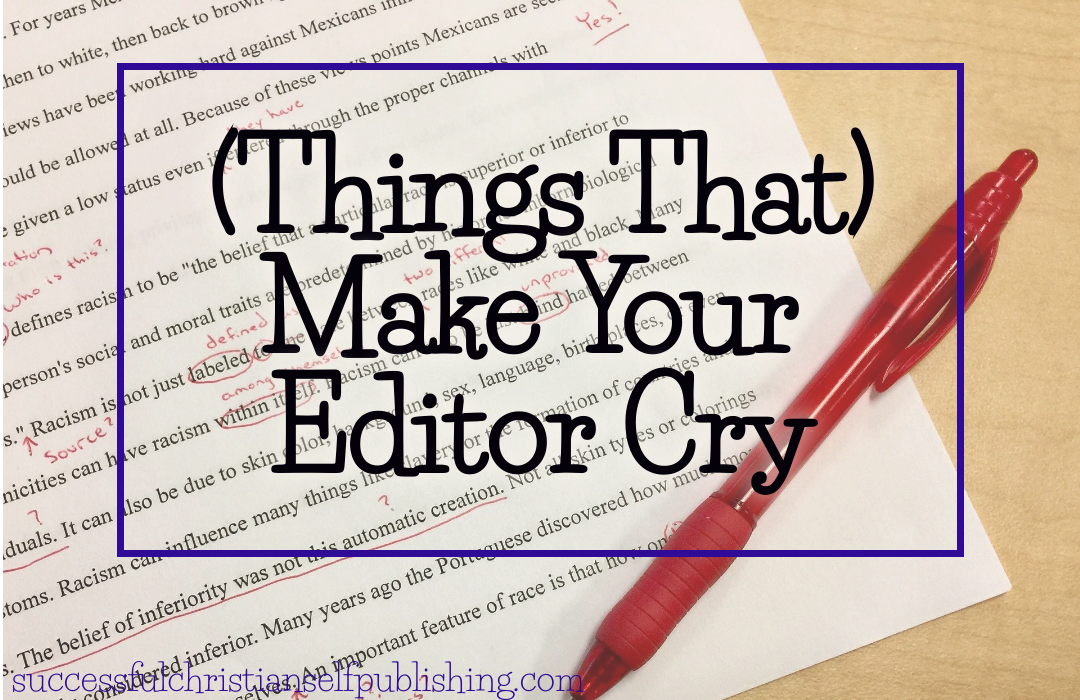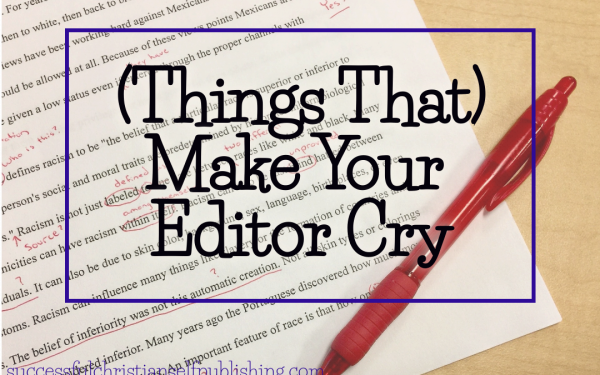Make Your Editor Cry: Beyond the Pail vs. Beyond the Pale

It’s “beyond the pale” and not “beyond the pail.” The phrase has nothing to do with buckets.
https://www.merriam-webster.com/dictionary/pale
https://www.merriam-webster.com/dictionary/pail
To go “beyond the pale” is to act in a way that is unacceptable, immoral, or outside the bounds of agreed standards of decency. The first printed reference of the phrase comes from John Harington’s lyric poem The History of Polindor and Flostella first published in 1657, (though Harington died in 1612 so it was written much earlier).
“Both Dove-like roved forth beyond the pale to planted Myrtle-walk”.
If that’s all the information you needed, then you can skip the etymology that follows.
So where did it come from? Today, the everyday use of the word “pale” is as an adjective meaning whitish or lighter in color than usual. However, a pale was originally a stake or a pointed kind of wooden stick of the kind which might make up a palisade, as in a fence, or enclosure. This latter meaning is virtually obsolete these days except when used in this idiom. A variant of it, “paling,” is still in use, as in a paling fence, and as part of the word “impale.”
https://www.merriam-webster.com/dictionary/paling
https://www.merriam-webster.com/dictionary/impale
The paling fence is significant because the term “pale” came to mean the area enclosed by such a fence and later just figuratively “the area that is enclosed, and safe.” It may be that the uncontrolled territory outside the fence was then “beyond the pale.” So to go “beyond the pale” was to go outside the area accepted as home or safe. The expression “beyond the pale” came to mean “bizarre, beyond proper limits.”
Catherine the Great created the Pale of Settlement in Russia in 1791. This was the name given to the western border region of the country, in which Jews were permitted to reside. The motivation behind this was to restrict and regulate trade between Jews and native Russians. As a concession, some Jews were allowed to live “beyond the pale.”
Subsequent Pales were enforced in various other European countries for similar political reasons, notably in France (the Pale of Calais, which was actually informally established around 1360) and of course in Ireland. The area of Ireland called “the Pale” (An Pháil in Irish) or the English Pale (An Pháil Shasanach or An Ghalltacht) was the part of Ireland directly under the control of the English government in the Late Middle Ages.

Gregg Bridgeman is the Editor-in-Chief at Olivia Kimbrell Press. He is husband to best-selling Christian author Hallee Bridgeman and parent to three. He continues to proudly serve in the US Armed Forces and has done so in either an active or reserve capacity for more than twenty years as an airborne and air assault qualified paratrooper, earning a Bronze Star for his service. Most importantly, he was ordained in October of 2001 after surrendering his life to Christ decades earlier.

